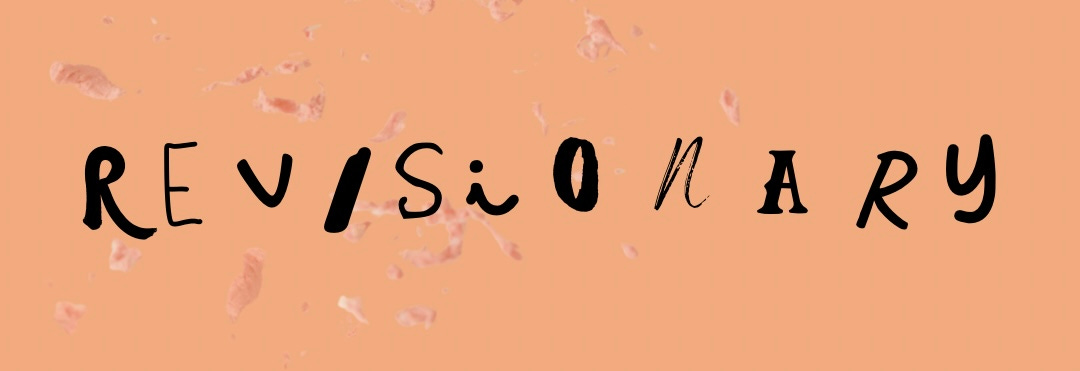Finding flow: a Q&A with Derek Brockington, dancer and choreographer
"Even if I created it, I need to be able to feel it viscerally"
Welcome to Revisionary, a Q&A series where artists talk about revising, redoing, and how to make what you create even better.
There’s just something about dance. If there’s a movie with good dancing in it, I press play immediately. On stage, it’s even more mesmerizing—a perfect blend of music and costuming and the body in motion.
I was so glad to get in t…
Keep reading with a 7-day free trial
Subscribe to A Little Detour with Tove Danovich to keep reading this post and get 7 days of free access to the full post archives.


